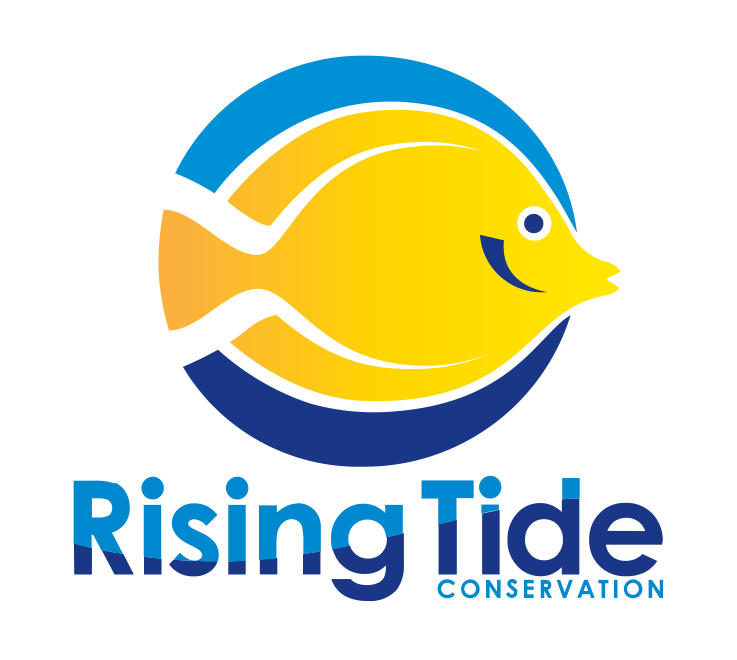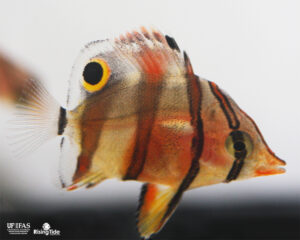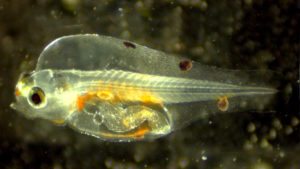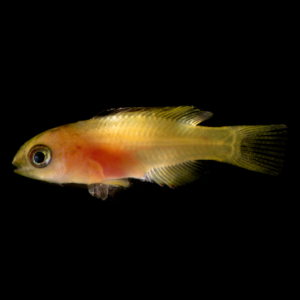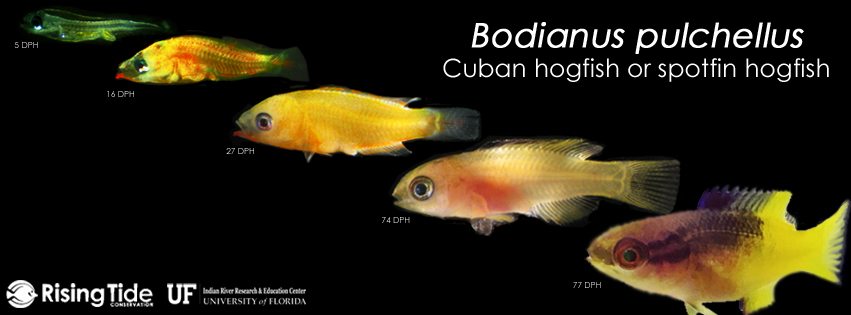
University of Florida Indian River Research and Education Center, with Rising Tide Conservation, is pleased to announce the successful aquaculture of the Cuban hogfish, Bodianus pulchellus!
Cuban hogfish, Bodianus pulchellus
Aquaculture History
The Cuban hogfish has never been successfully aquacultured before. Past attempts have achieved successful spawning but not settlement.
Successful Aquaculture
In January of 2016, the University of Florida Indian River Research and Education Center received 24 adult Cuban hogfish as broodstock from a local aquarium. The broodstock were stocked in a 2700 L circular tank within a recirculating aquaculture system, and were given large PVC pipes for hiding. The broodfish adapted well to their tank and daily diet of squid and krill, fed multiple times throughout the day.
The sex ratio within the broodstock tank is unknown, however it is believed that the largest male became the dominant male. The largest male has slightly altered coloration and lacks the lateral white stripe seen on most Cuban hogfish. It is believed that there are some non-dominant males also in the broodstock tank, but their role during mating is unknown.
On October 2, 2016, about 300 non-fertile eggs (0.73 millimeters in diameter) were collected with the water temperature around 28°C. All eggs float to the surface immediately after spawning, regardless of fertilization status. Since October, the broodstock have spawned almost daily. They rarely go more than three days without spawning. Initially, the broodstock spawned in the late afternoon, but later started spawning in the evening. On average, each spawn results in 9250 eggs with 3.7% fertilization and is ongoing to present day.
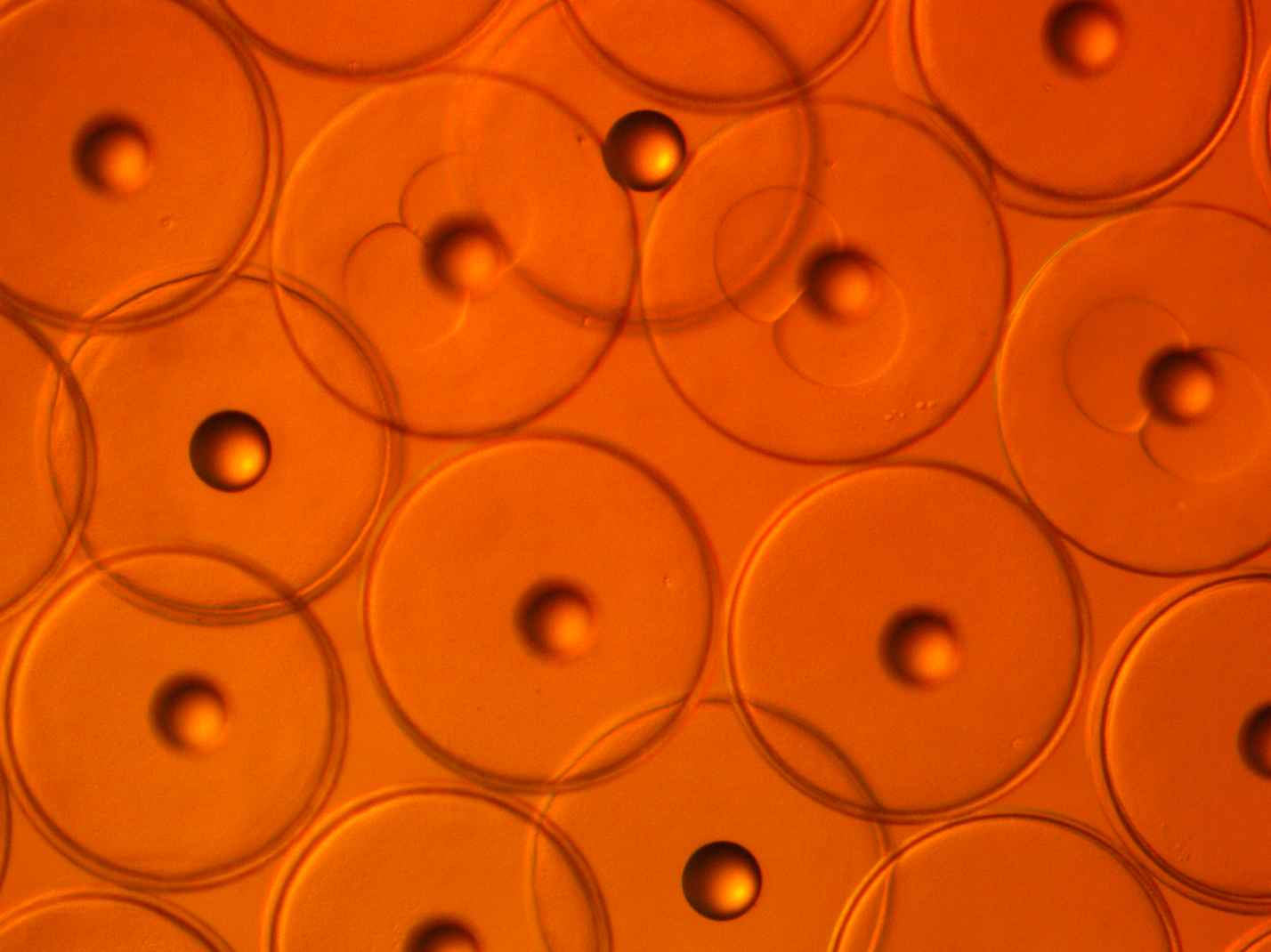
On November 1, 2016 a small amount of fertile eggs (approximately 200 of 1,000 eggs total) were collected, allowing the first attempt to raise Cuban hogfish larvae. This attempt would turn out to be successful, resulting in two juveniles. The second attempt combined two batches of eggs (24,000 total) spawned on February 5 and 6, 2017, and resulted in the successful development of 26 juveniles.
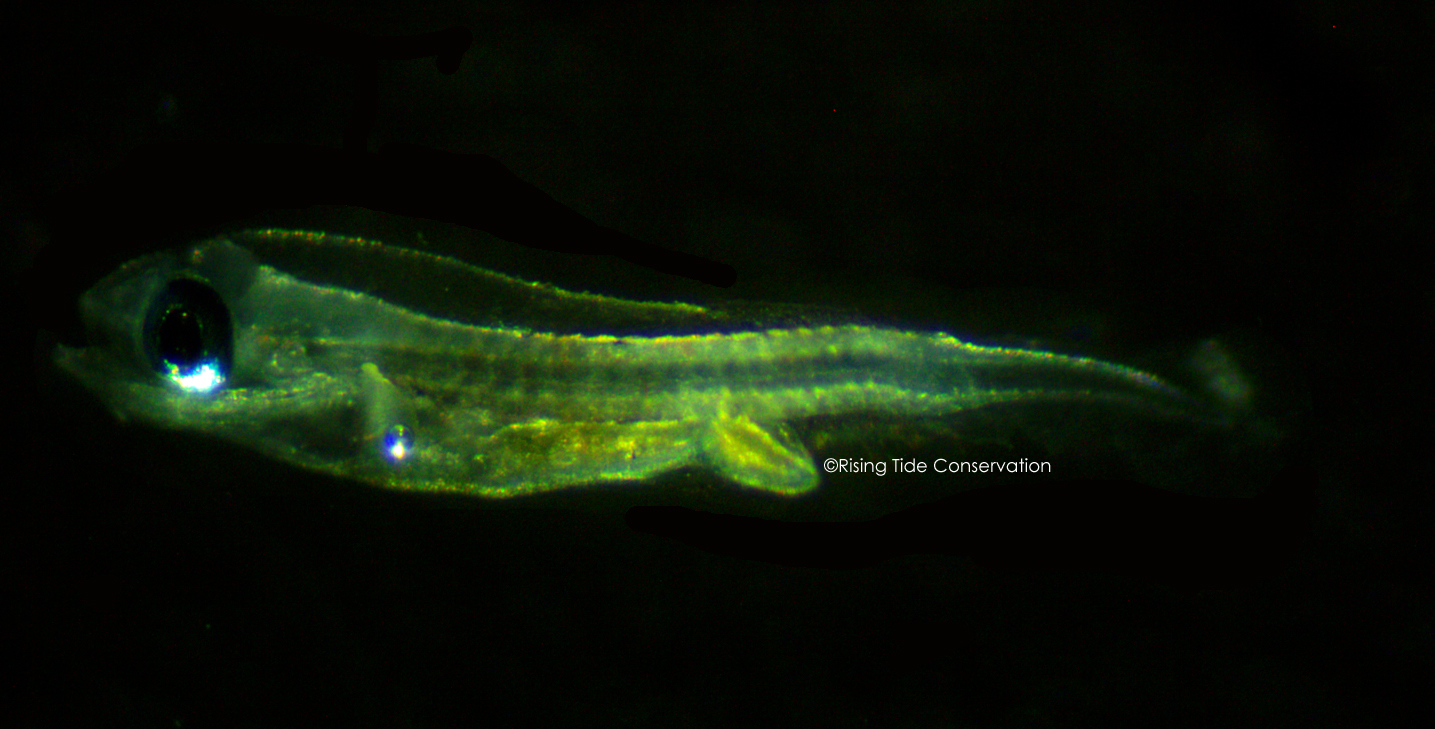
Aquaculture Process and Larval Development
The protocols for raising the two batches of larvae were similar. The eggs were stocked into 104 liter circular tanks with black sides and white bottoms. Tanks were within a recirculating aquaculture system equipped with an 80 watt UV sterilizer, two bag filters with 50 and 10 μm felt bags, a protein skimmer and trickle filter. Water flow within the tanks was maintained at a minimum of five tank turnovers per day.
Hatching occurred within 24 hours with water temperatures of 26-27°C. Mouthparts were present by three days post hatch (DPH). Tank water was greened from 3-30 DPH with live T- ISO twice daily at an approximate density of 100,000 cells/milliliters.
Rotifers (Brachionus plicatilis) and copepod nauplii (Parvocalanus crassirostris) were both fed at first feeding. Rotifers were enriched with S.presso and fed once daily at 10-20/milliliters from 3-24 DPH. Copepod nauplii less than 75 µm were fed twice daily at total densities of 10-15/milliliters from 3-36 DPH. Artemia nauplii (Instar I and II) were enriched with Algamac 3050 and fed twice daily beginning at 15 DPH through 60 DPH at total densities as high as 1.0/milliliters.
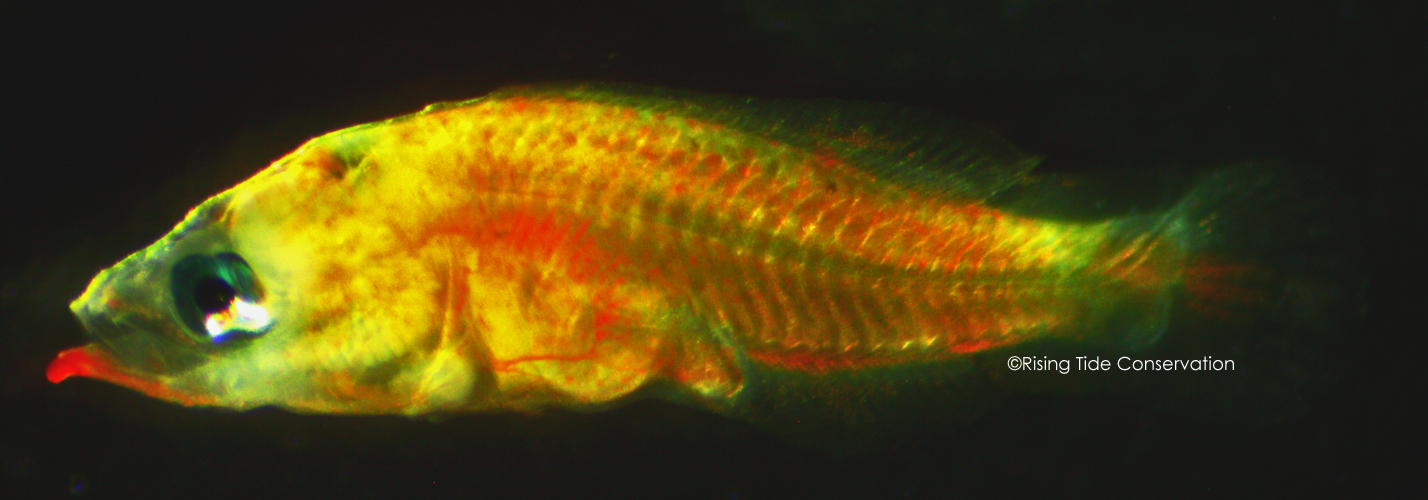
10 DPH.
Flexion occurred by day 15 DPH. Weaning onto dry diet began at 23 DPH with ad libitum feedings of Otohime A-1 and altered to feedings of A1 and B1 at 40 DPH, B1 and B2 at 47 DPH, and B-2 beyond 60 DPH.
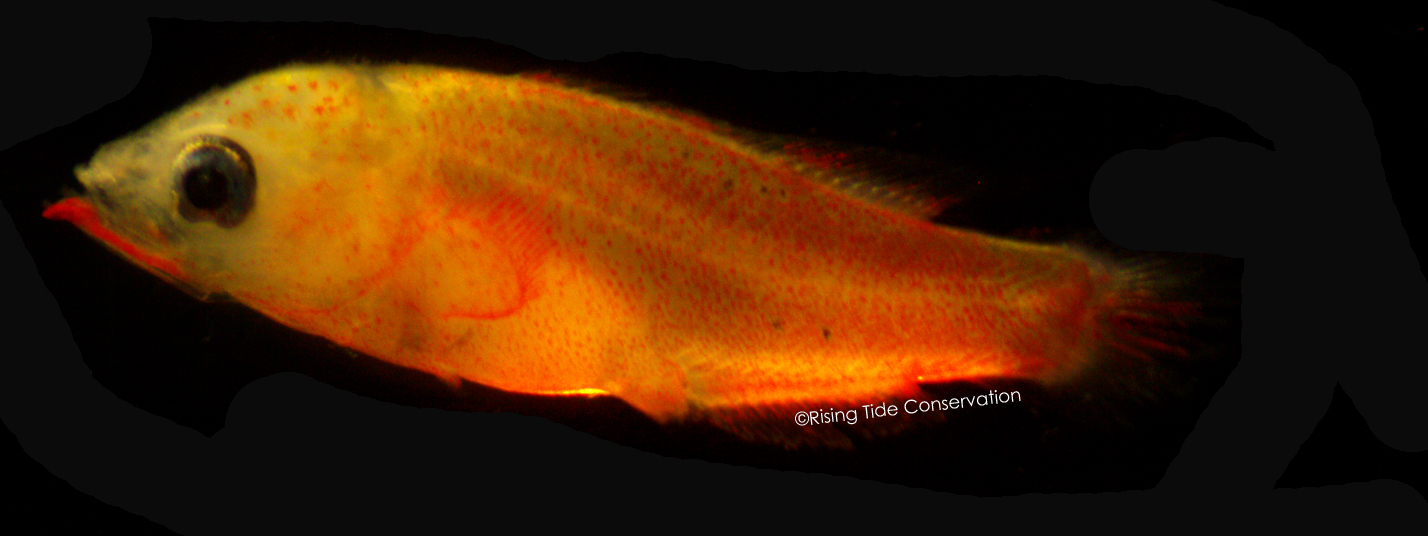
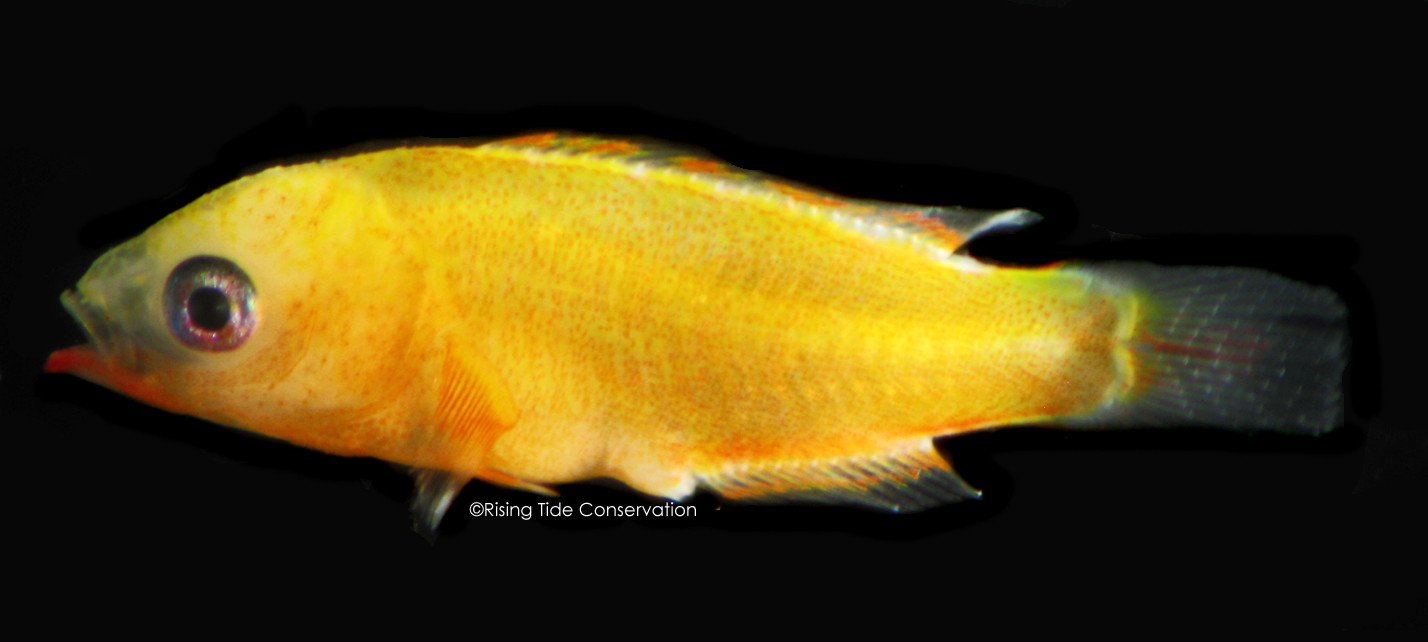
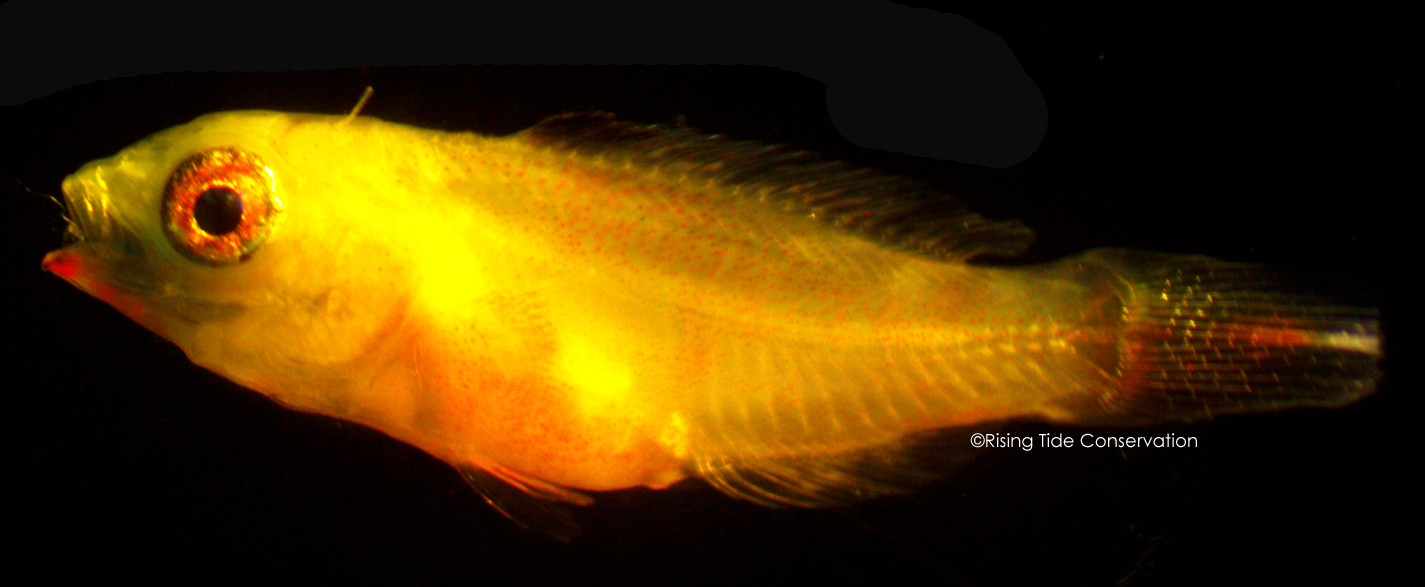
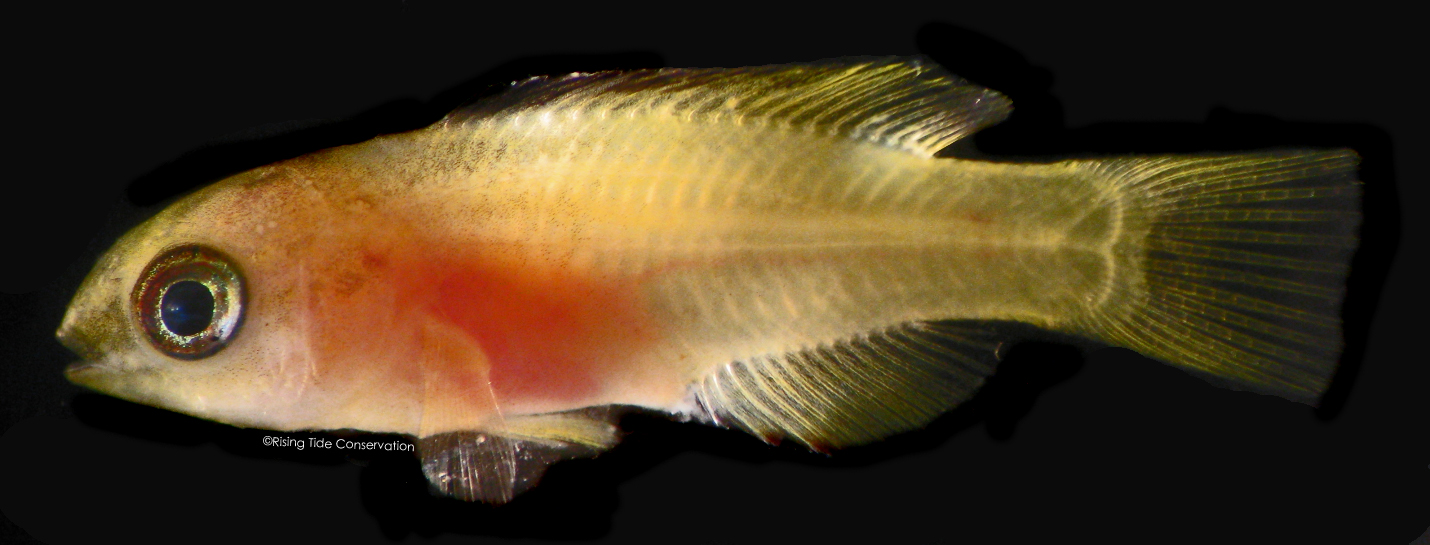
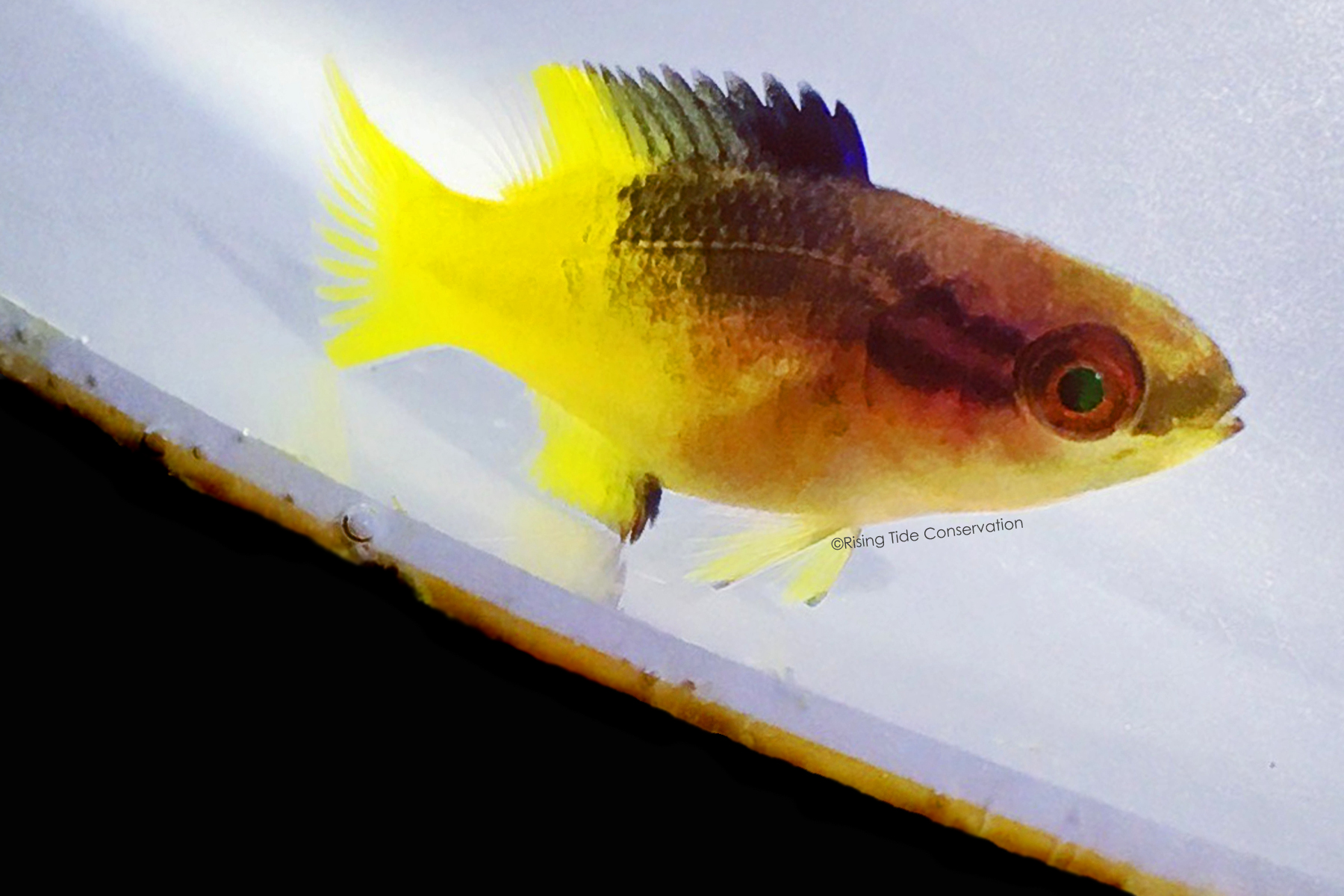
Metamorphosis occurred by 80 DPH.
Remarks from the Researchers
We feel that raising the larvae is highly feasible, and efforts to improve fertilization success of the eggs will hopefully result in much higher output of juveniles.
Dr. Cortney Ohs, Jason Broach, Andrew Palau, Isaac Lee
University of Florida Indian River Research and Education Center
